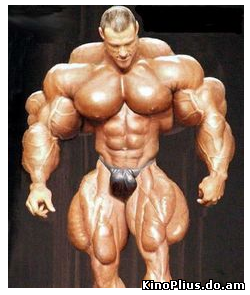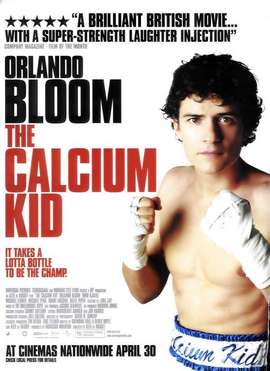Description:
Steroids comprise a group of cyclical organic compounds whose basis is a characteristic arrangement of seventeen carbon atoms in a four-ring structure linked together from three 6-carbon rings followed by a 5-carbon ring and an eight-carbon side chain on carbon 17 (illustration on right). These rings are synthesized by biochemical processes from cyclization of a thirty-carbon chain, squalene, into lanosterol or cycloartenol. Hundreds of distinct steroids are found in animals, fungi, plants, and elsewhere and many steroids are necessary to life at all levels. They include cholesterol, the sex hormones estradiol and testosterone,[1]:10–19 bile acids, and drugs such as the anti-inflammatory agent dexamethasone.[2]The three cyclohexane rings are designated as rings A, B and C in the figure to the right and the one cyclopentane ring as ring D. Individual steroids vary, first and primarily, by the oxidation state of the carbon atoms in the rings and by the chains and functional groups attached to this four-ring system; second, steroids can vary more markedly via changes to the ring structure (e.g., via ring scissions that produce secosteroids like vitamin D3, see below). Sterols are a particularly important form of steroids, with sterols having a cholestane-derived framework and an hydroxyl group at the C-3 ring position being the most prominent (e.g., as in cholesterol, shown at right).[3]
Comments STEROIDS in sports - ANABOLIC STEROIDS - The Best Documentary:Online 1
| Total Comments: 1 | |
|
interoutот 2015-01-16
        
[Reply] | |






